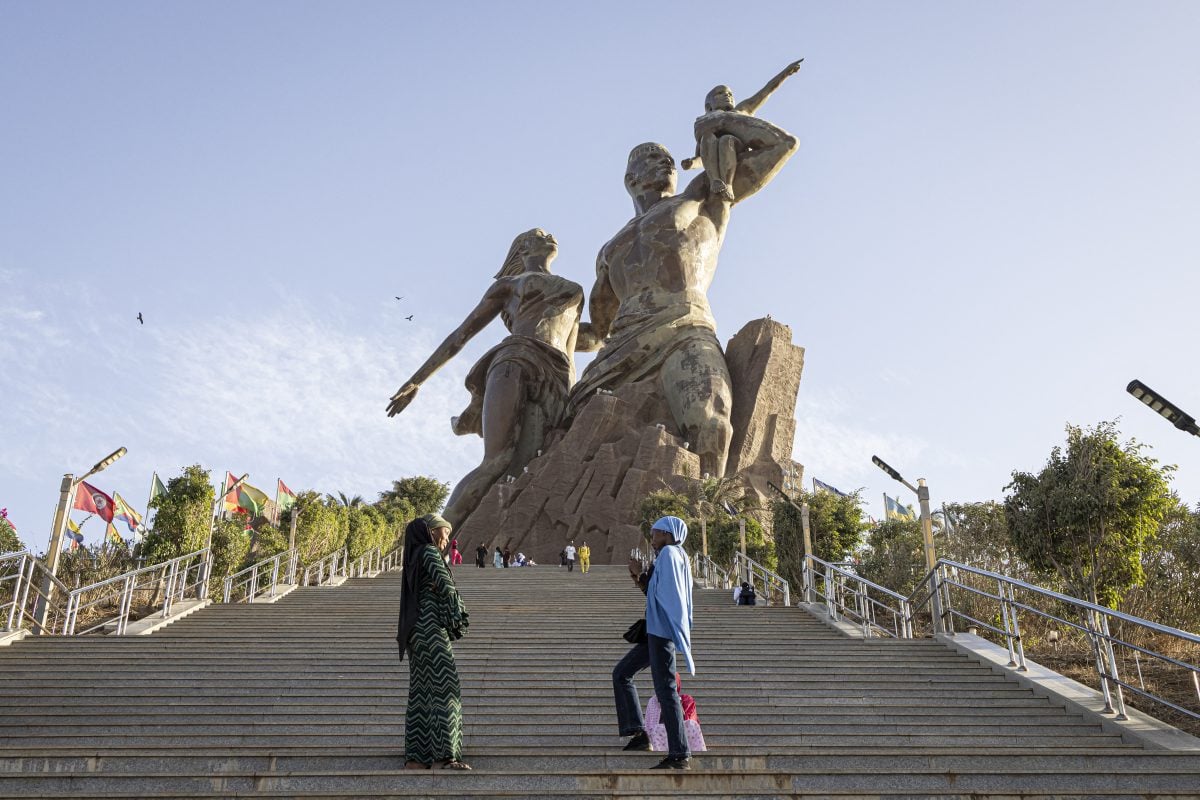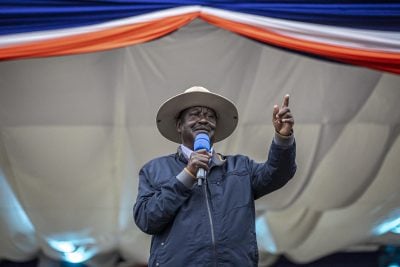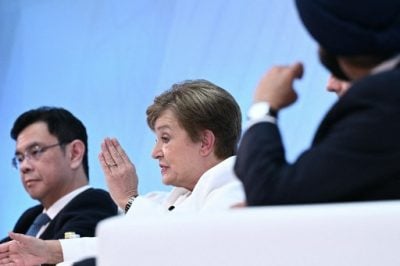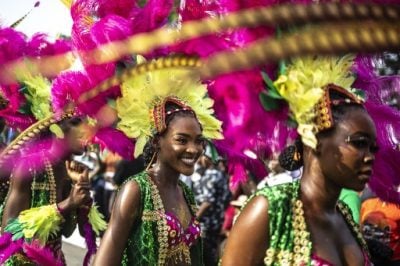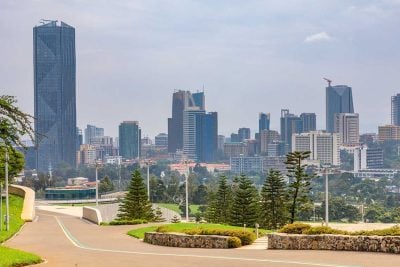Tycho van der Hoog‘s tightly researched book, Comrades Beyond the Cold War: North Korea and the Liberation of Southern Africa, sheds light on a generally overlooked relationship – that between Africa and the repressive and impoverished “hermit kingdom” of North Korea. The relationship has its genesis in ties dating back to the Cold War era, when liberation forces throughout Southern Africa, fighting for self-determination against colonialism and white supremacy, sought international military and diplomatic support.
North Korea – inspired by its own history of Japanese colonialism, its militant communism and its struggle against the US and US-backed South Korea – was one nation that answered the call.
The book has three parts: Blood; Bullets; and Bronze. The first part, “Blood”, is an explanation of how and why Southern Africa’s liberation movements looked for both moral and material assistance during and after the struggle.
North Korea’s nationalist ideology is named Juche, which is generally translated as “self-reliance”. Juche calls for the country’s development of political and military independence and economic ingenuity – an ideology which, van der Hoog explains, resonated with African liberation movements.
Opinion is divided on whether Juche retains any trace of its Marxist-Leninist ideological roots; some argue that it has evolved into a mere propaganda tool upholding the autocratic rule of the Kim dynasty in North Korea.
Nevertheless, its influence was felt in Africa. North Korea sponsored 30 Juche study centres during the Cold War years. Liberation activists travelled across the continent to learn about this Korean ideology and how it might be applied to their struggles in their own countries.
As van der Hoog points out: “Political independence and formal diplomatic ties with North Korea were necessary requirements for the establishment and funding of Juche Study Centres – up until the end of the Cold War, when North Korea no longer had the money to fund these operations. “This is why, for example, Namibia and South Africa never hosted Juche Study Centres. When these countries were liberated in 1990 and 1994, it was, in a sense, too late.”
Aid for Africa
Juche Study Centres were not the only weapons in North Korea’s propaganda arsenal. Pyongyang was also prepared to extend aid to its African friends following liberation.
In Lesotho North Korea helped build a national stadium, ran vegetable farms and experimented with maize production. In the Seychelles the country donated cement for housing projects and tractors for agricultural development.
The aid was often targeted at countries with influence over the continent’s liberation movements.
Tanzania, which hosted the Organization of African Unity’s Liberation Committee, and Ghana, home to Kwame Nkrumah’s pro-liberation Bureau of African Affairs, both received agricultural assistance. After liberation, the former “frontline states” of Angola, Mozambique, Zimbabwe and Zambia all received assistance.
And yet North Korea’s aid efforts all too often ended in failure, with limited programmes offering little impact. In Ghana, says van der Hoog, the “practical results were dismal,” despite the lofty hopes of the Ghanaian and North Korean governments.
Barrel of the gun
While aid – however limited in impact – played a role in cementing ties, central to the relationship was military training and hardware. While military support was originally directed towards the liberation struggle against colonialism, it continued to favour African allies even after liberation.
Bullets, the second theme of this book, looks at the most shameful of episodes, which occurred after Zimbabwe gained its independence.
At the time of liberation Zimbabwe was divided between two major fighting forces – the Zimbabwe African National Union (ZANU) and the Zimbabwe African People’s Union (ZAPU). ZANU, led by Robert Mugabe, recruited mainly from the majority Shona people, whereas ZAPU drew its greatest support in Matabeleland, in the south west of the country.
Mugabe, who assumed the prime ministership in 1980, signed an agreement with then North Korean leader Kim Il Sung in October of that year to have the North Korean military train a brigade for the Zimbabwean army.
Rivalries between ZANU and ZAPU intensified following independence and erupted in January 1983, when a violent crackdown by the notorious North Korean-trained Fifth Brigade initiated a purge of ZAPU “dissidents”.
In Matabeleland Ndebele men of fighting age were considered potential “dissidents” and therefore, guilty of subversive activities. Most of those detained who were not summarily executed were marched to re-education camps.
The result was one of the bloodiest and most shameful episodes in North Korea’s African involvement. The consensus of the International Association of Genocide Scholars (IAGS) is that more than 20,000 people were killed in what is known as Gukurahundi – roughly “cleansing rain” in the Shona language – exceeding the death toll in Matabeleland during the liberation struggle.
Self-glorification
Having detailed the violent depths of the relationship, van der Hoog turns to the way in which North Korean visual propaganda – most notably statues – has influenced African iconography. The hermit kingdom helped to design and influence statues, memorials and buildings across Africa, lionising heroic African leaders and their peoples in styles familiar from the streets of Pyongyang.
Van der Hoog comments: “In recent years, several striking monuments have been erected across the African continent that assert a confident vision of African identity. In 2010, Senegal unveiled the African Renaissance Monument which is, at 50m high, the largest statue on the continent.”
Central to these projects is a North Korean studio, the Mansudae Overseas Project (MOP). North Korean statues have appeared in Maputo, Mozambique (Samora Machel); in Gaborone, Botswana (the Three Dikgosi Monument); and in Luanda, Angola (Agostinho Neto).
Mausoleums and cemeteries for fallen liberation heroes are also a focus of North Korean design in Africa.
Exploitation and criminality
Given that aggressive militarism and propaganda have always gone hand in hand in the hermit kingdom, it is little surprise that the influence of North Korea in Africa has often been overwhelmingly negative. Whenever North Korea’s failed command economy has tottered, the state has turned to illicit revenue generation such as counterfeiting, drug dealing, and trading in African ivory and rhino horn and other criminal enterprises.
These criminal enterprises, the brutality of the Kim regime, and the country’s quest for nuclear weaponry have made North Korea a pariah state. As a result, the liberation era and its immediate aftermath now looks like the high-water mark of a relationship of limited modern value to Africa.
Comrades Beyond the Cold War: North Korea and the Liberation of Southern Africa
By Tycho van der Hoog
£25 Hurst
ISBN:978-1-80526-278-7
Want to continue reading? Subscribe today.
You've read all your free articles for this month! Subscribe now to enjoy full access to our content.
Digital Monthly
£8.00 / month
Receive full unlimited access to our articles, opinions, podcasts and more.
Digital Yearly
£70.00 / year
Our best value offer - save £26 and gain access to all of our digital content for an entire year!

 Sign in with Google
Sign in with Google 